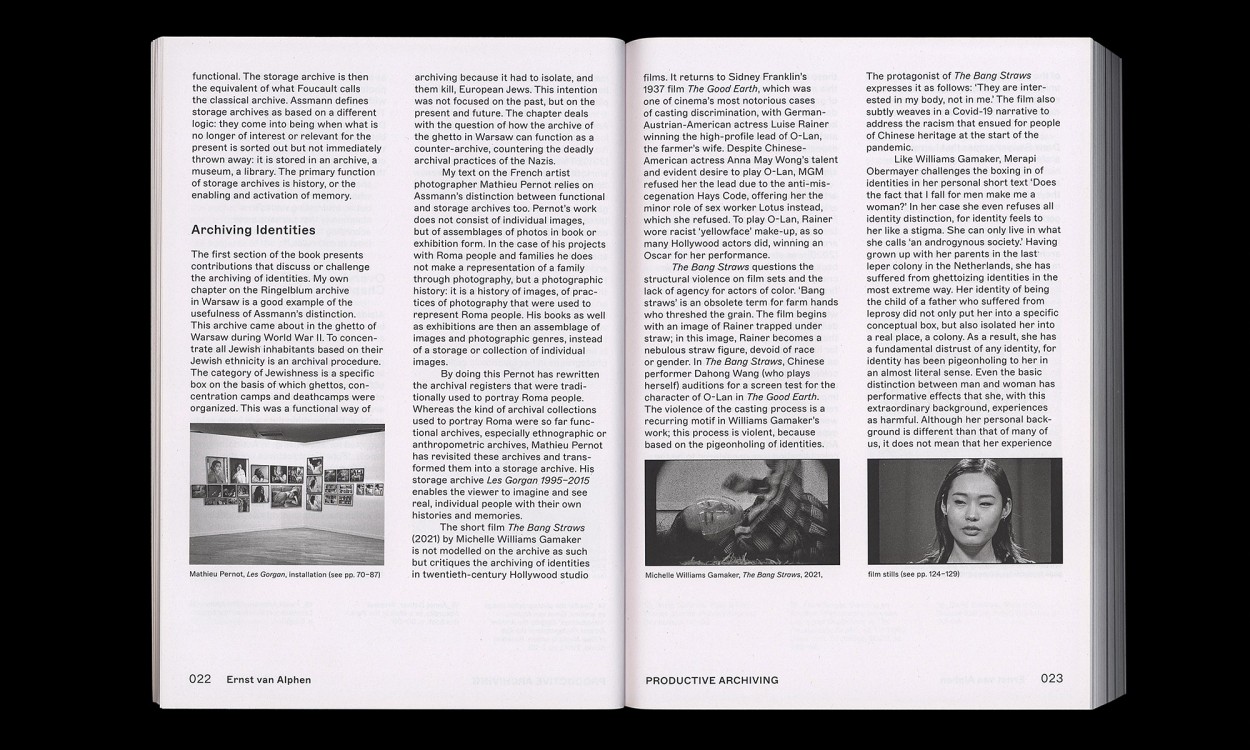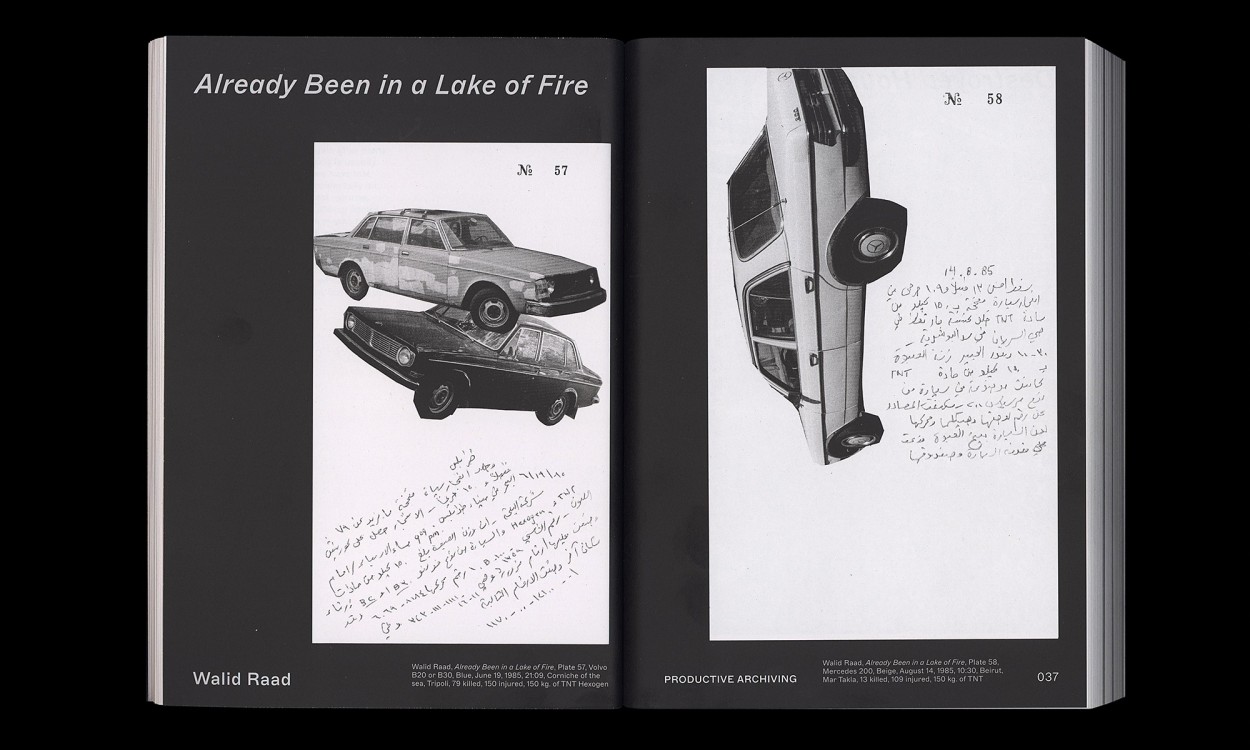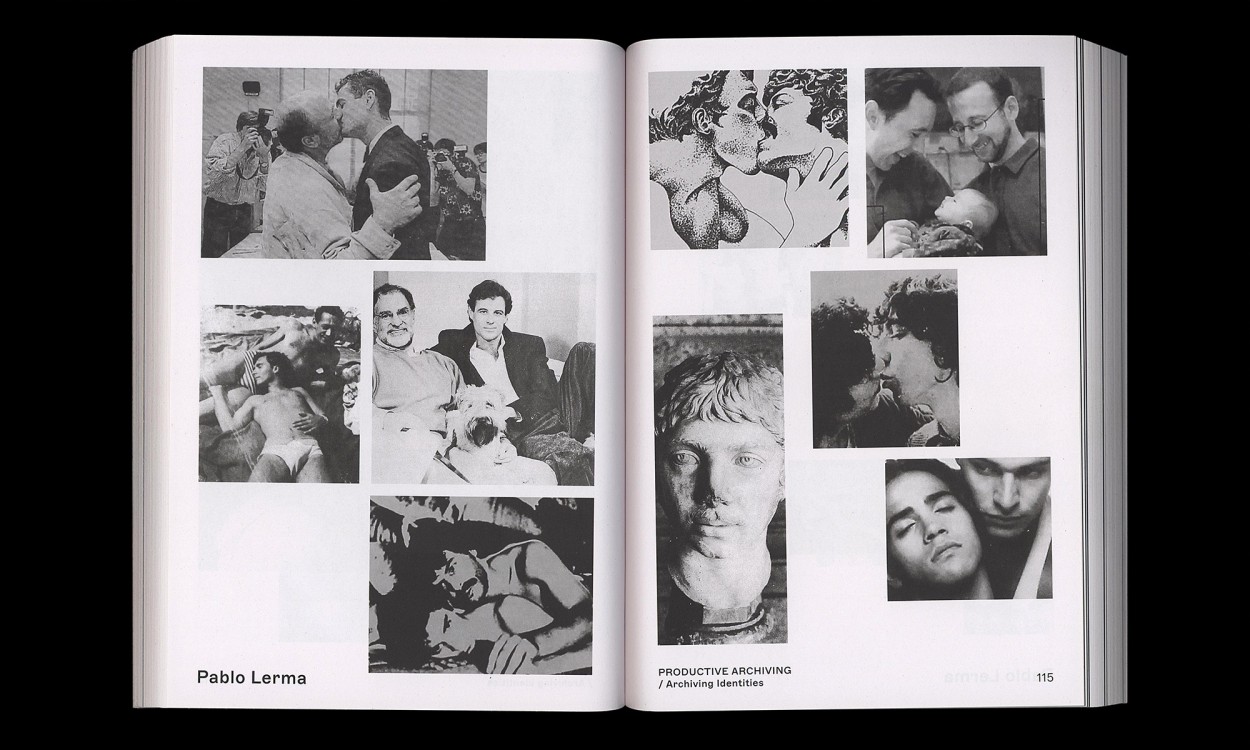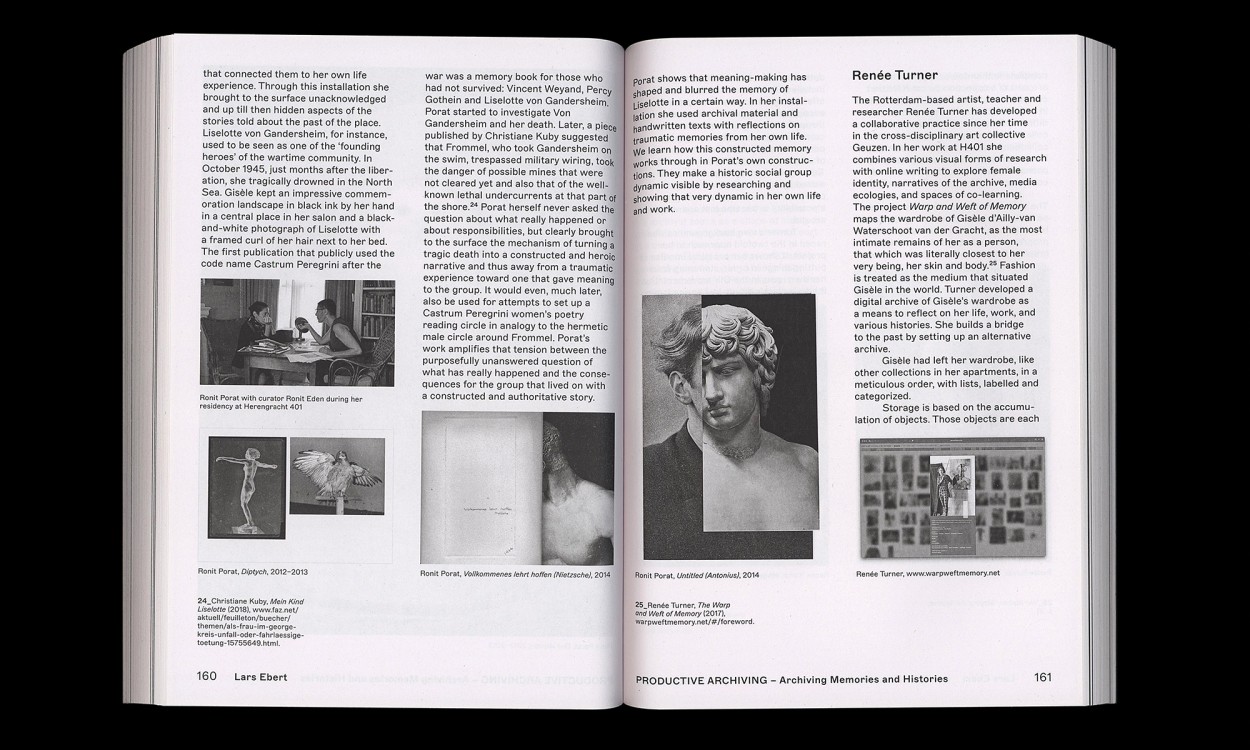Productive Archiving
Artistic Strategies, Future Memories, and Fluid Identities
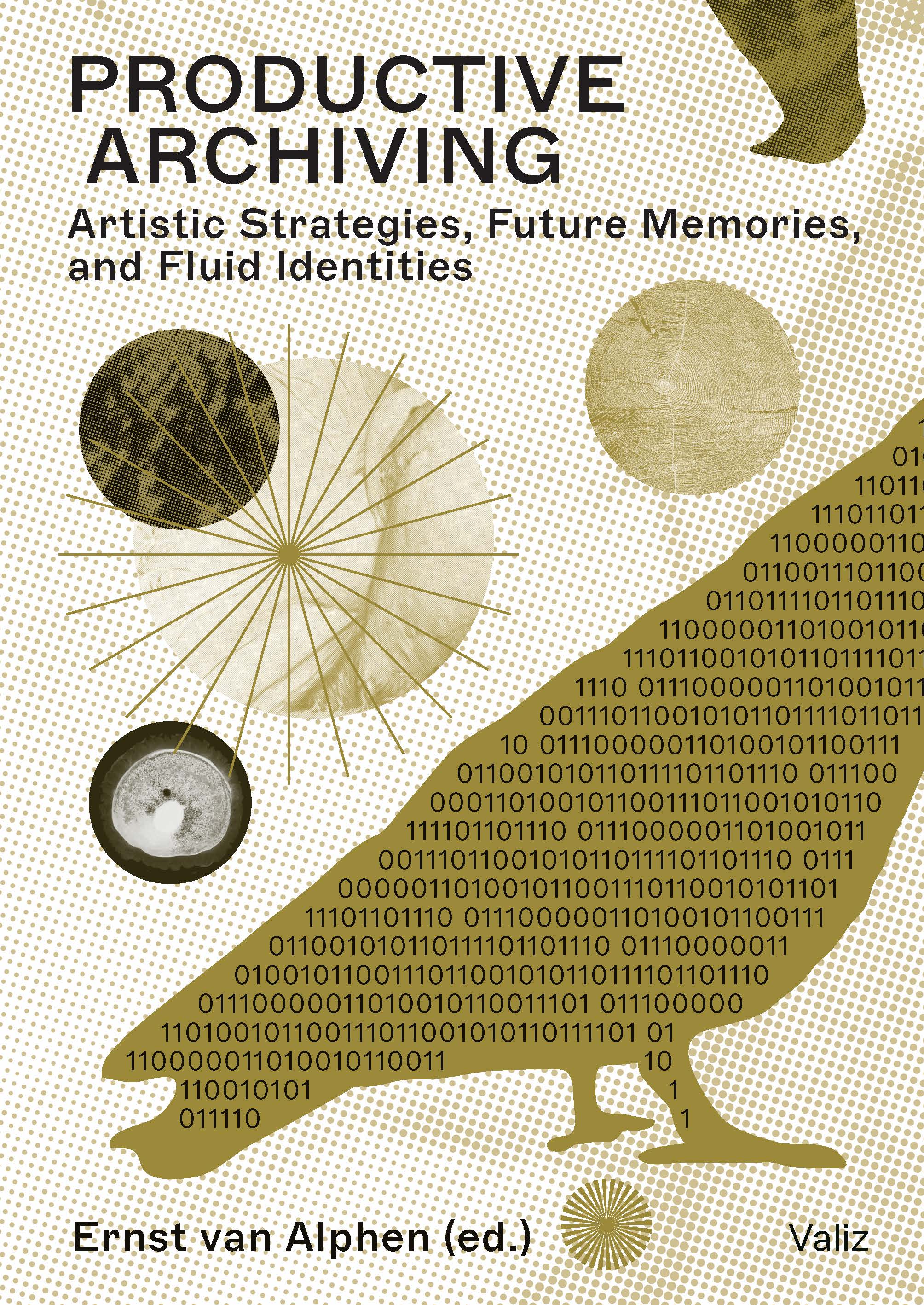
UNAVAILABLE
- Reveals creative solutions for three key issues around archiving that are usually overlooked, with attention to how they connect with gender, sexuality, race and class
- Taps into the wide interest for 'archival systems' by artists
- Brings together critical insights from cultural and social researchers, theorists, artists and curators on contemporary art and the archive
- Features visual essays by prominent visual artists among whom are William Kentridge and Santu Mofokeng, as well as by emerging artists such as Inge Meijer and Pablo Lerma
Editor: Ernst van Alphen
Contributors: Ernst van Alphen, Aleida Assmann, Annet Dekker, Lars Ebert, Sebastián Díaz Morales, Monika Huber, William Kentridge, Pablo Lerma, Inge Meijer, Santu Mofokeng, Merapi Obermayer, Walid Raad, Ana Paula Saab, Drew Sawyer, Carla Subrizi, Marjan Teeuwen, Daria Tuminas, Jeffrey Wallen
Support: Cultuurfonds
Design: Lotte Lara Schröder
Spring 2023 | Valiz with support from Cultuurfonds | pb | c. 24 x 17 cm (h x w) | 272 pp. | English | ISBN 978-94-93246-16-4
Ernst van Alphen (b. 1958) is a cultural analyst and a professor emeritus of Literary Studies at the Leiden University Centre for the Arts in Society. His publications include Shame! and Masculinity (Valiz, 2020); Failed Images (Valiz, 2018); Staging the Archive (Reaktion Books, 2014).
In the media:
- (Only in Dutch) Click here to read the article 'Vraatgaatjes vergaren' by Maaike Meijer in De Groene Amsterdammer (6 September 2023)
Productive Archiving discusses a variety of problems of archival organizations. It mainly focuses on the following three issues that are usually overlooked: first, the question of inclusion in or exclusion from the archive; second, the loss of individuality in the archive, the danger of homogenization; and third, that archiving may become a form of pigeonholing, boxing specific identities into a confined space.
Avoiding the archive because of these problems is not an option, because archival organization is a basic symbolic mode on the basis of which we organize our lives, the past, the present and the future. What this book suggests is that it is best to explore constructive and creative solutions for these problems. Especially artistic archives seem to be able to develop these possible solutions, because they offer speculative, unexpected ways to order, select, and narrate specific information, and bring about new connections and archival organizations.

